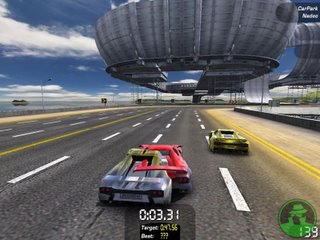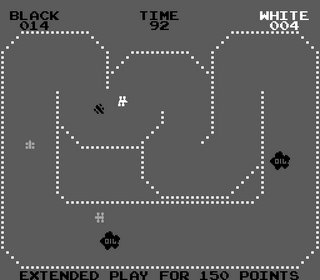Trackmania Predecessors - Part 2
Ok, so we’ve looked at the most direct predecessor to Trackmania:
With Sprint 2 being the first car game actually offering racing (you raced against another human player) it seems sensible to start by taking a look at it. The game was released into arcades in 1976 and was made by Kee Games. Kee Games was a wholly owned subsidiary of Atari and the majority of their output was clones of Atari games. Despite the fact that Sprint 2 was a clone of the Atari series Gran Trak, the game did feature something special enough to ensure it was a franchise that ran well into the 80’s. That special something was that Sprint 2 was the first ever racing game which included a microprocessor. What this meant in practice was that the game had cars for the player to race against, better graphics and more tracks.
These groundbreaking features meant that Sprint 2 was a hit and the series was so successful that when Kee Games were merged back into Atari, the franchise survived and flourished even. The success of this game and the features it introduced, such as the ability to race against other people, are why I believe Sprint 2 is a crucial predecessor to not only Trackmania: Sunrise but to every car racing game since.
The fact that all of the opponents in TM: 
The Colin McRae Rally series, from Codemasters, was the first series of games to base themselves around this style of play. It is therefore generally acknowledged as the pioneer of realistic rally racing games with its damage-modelling and enduring courses. However, one of the first games to feature “ghost” cars was F-Zero, on the SNES. F-Zero is a futuristic racing game series from Nintendo. By performing well on the time trial modes you could unlock staff “ghosts” to try and beat.
These games were all fundamental to a game such as Trackmania existing and being as popular as the series has been. The features they introduced were, I believe, formed into an excellent game which manages to be successfully distinct enough from other racing games to allow it to find its own niche groups of fans, as opposing to being “just another racing game.”



